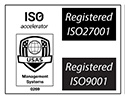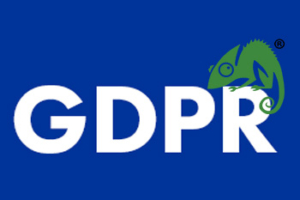SEO Update 2011
During 2011 Google changed many things and as an SEO consultancy we should all be aware of what the changes mean to a website for us to achieve high rankings in Google.
We think that one of the major changes that Google made in 2011 was the addition of website usage as an important factor in the Google calculations. We cannot forget the major Panda update and the calculation that a website needs to have unique content of around 60%.
The other increasing factor with the on-page optimisation updates was the fact the meta title and meta description must contain your keywords and websites should be updated frequently to keep users interested.
The Off page SEO updates in 2011 dictated that linked keywords should match the content of your website and the website linking should be relevant and in the same sector with IP address locations of the links being in the location of the Google search, for example UK IP addresses for UK search terms.
There is an increased requirement for editorial links and only websites which offer high quality links should be used.
You should take full advantage of the introduction of Google plus by opening an account; making full use of will help make the concept grow as Google want it to so using it helps them and they help you.
Bounce rate also was changed to effect rankings and Google used the bounce rate data to see how useful a website was in terms of content for a ranking keyword. If people are landing on a website and going back within 8 seconds then Google know that your website is not worth showing for that keyword.
Panda came looking for duplicate content in an attempt to penalise content by looking to remove SPAM.
The SEO advice of 2011 was if you want to rank well for a keyword then the content is top priority and this will keep users happy and also generate FREE natural links in the correct IP locations you need.
SEO Update 2012
Google’s focus for 2012 is to remove SPAM content from the Internet and clearly identify websites using manipulative techniques to increase positions within Google’s ranking which violate Google’s Webmaster Guidelines. This has been one of the largest changes in Google history as they attempt to clean up the web.
The idea that the internet has become a dirty pond of horrible mess and Google’s goal is to only show the lily pads in the search results they show will ultimately help Google as the end result will be that the Google’s spider is doing less work as the Internet will be smaller than it is today.
In 2012 the algorithm changes Panda, Penguin and EMD which Matt Cutt’s has described as the spam-fighting algorithm updates is mainly looking for websites that have been trying to increase rankings using non conforming SEO techniques and looking for websites that are involved in link farms. These updates have seen the development of the Exact Match Domain (EMD) update looking for people buying domain names that are made up of the keywords that they are looking to achieve rankings for.
Linking is one of the important factors to consider in 2012 for anyone carrying out SEO. In the past it worked to create exact match links for chosen keywords and now in 2012 you need to be looking at partial match and creating links that are more diverse than ever before to prevent being hit with a penalty.
What is partial linking you may ask and how will it help? Well this is really simple. If you are looking to go after a keyword for example “SEO Consultant” then, where in the past 1000 links with SEO consultant would help with the rankings, now you need to be diverse with partial linking. Examples of this include “SEO”, “Consultant”, “Consultant in SEO”, “click here”, “need SEO help”, “link”, “etc”.
The idea is that it is natural and your links will then start to add value rather add a penalty. If your website has been hit with a penalty we suggest you start looking to Identify the Poison Links and also the amount of links you have in the anchor text and create a spreadsheet to work out the overall percentages of keywords compared to your total number of links.








